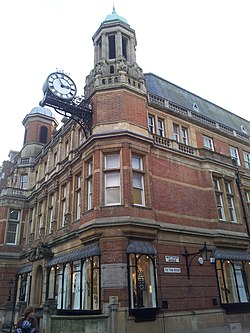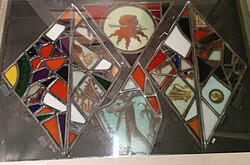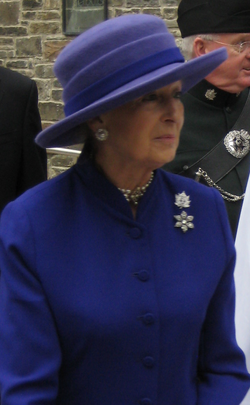 | |
 | |
| Established | 1988 |
|---|---|
| Location | Old Town Hall, Whittaker Avenue, Richmond, London |
| Type | Local history museum |
| Collection size | More than 5000 objects |
| Founder | John Cloake |
| Chair of Trustees | Dr Nicola Mann |
| Curator | Gary Enstone |
| Public transit access | |
| Website | www |




The Museum of Richmond in the London Borough of Richmond upon Thames is located in Richmond's Old Town Hall, [1] close to Richmond Bridge. [2] It was formally opened by Queen Elizabeth II on 28 October 1988. [3]
Contents
An independent museum and a registered charity, [nb 1] it is supported by Richmond upon Thames Borough Council. Dr Nicola Mann, who heads the Department of Communications & The Arts at Richmond American University London, chairs the board of trustees; John Lee, Baron Lee of Trafford, is deputy chair. [4] Gary Enstone is the museum's Curator and Executive Officer.
The museum's permanent displays, from medieval times to the present day, relate to the history of Richmond, Kew, Petersham and Ham which, until local government boundary changes in 1965, formed the Municipal Borough of Richmond (Surrey). Its temporary exhibitions, [5] education activities and resources, [6] and a programme of events (including events for families and children) [7] [8] [9] cover the whole of the modern borough. The museum's highlights include: 16th-century glass from Richmond Palace; a model of Richmond Palace; [10] and a painting, The Terrace and View from Richmond Hill, Surrey by Dutch draughtsman and painter Leonard Knyff (1650–1722), which is part of the Richmond upon Thames Borough Art Collection. [11]
The museum organises a programme of talks. [7] [12] Admission to the museum, which is open from Tuesdays to Saturdays, is free. [13]







